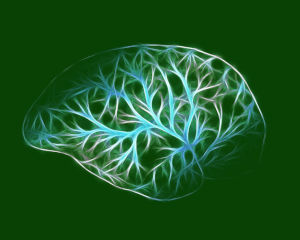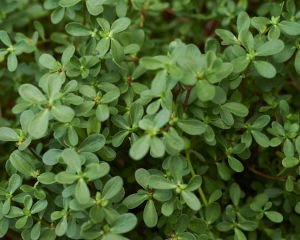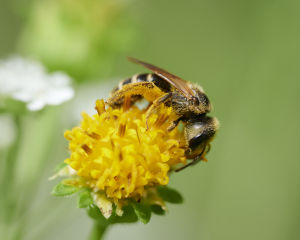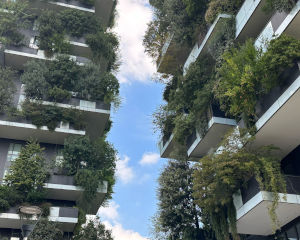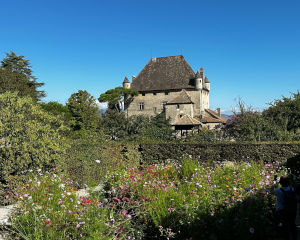

“The highest reward for a man’s toil is not what he gets for it but what he becomes by it.”
John Ruskin
October: Capturing Landscapes in Light, Shade, and Color
By Gayil Nalls, Liz Macklin, and Karen Bauer
Sign up for our monthly newsletter!
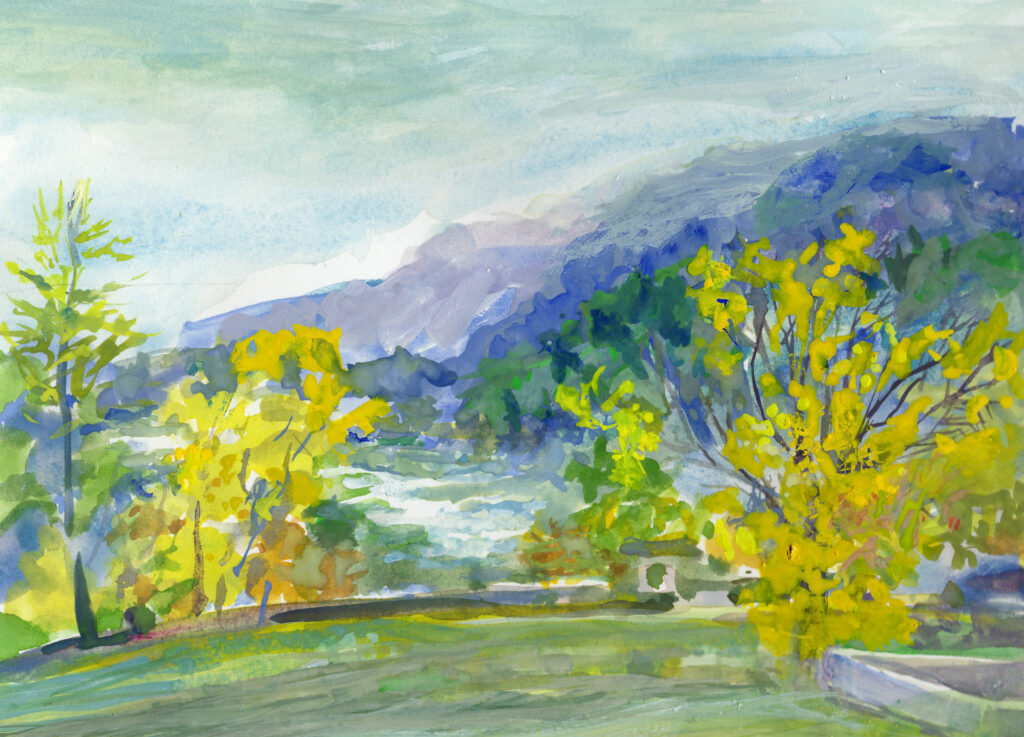
Observation and Exploration
Autumn has officially arrived in parts of the world where the nights are becoming longer and the days shorter, and Fall’s multicolor palette follows the waning sunlight. When deciduous trees no longer make chlorophyll, its vivid green fades to reveal bright yellow and orange pigments in leaves across the landscape. If new sugars form, as in dogwoods and maples, leaves sometimes turn a deep scarlet. The brilliance of the hue varies with the weather, a good chill in the evening air, and soil moisture. As you are preparing your garden for winter, observe the colors and shadows now as Earth tilts away from the sun.
Awareness of nature’s richness and humble beauty
“The great object of composition being always to secure unity; That is, to make out of many things one whole; The first mode in which this can be affected is by determining that one feature shall be more important than all the rest, and that all the others shell group with it in subordinate positions.”
John Ruskin
Lesson: Capturing Landscapes in Light, Shade, and Color
Choose your medium and compatible surface. If you are using colored pencils or pastels, select good-quality acid-free drawing paper.
Locate the landscape site you would like to draw. Look at the scene and compare its scale and proportions to the size and shape of your paper or surface.
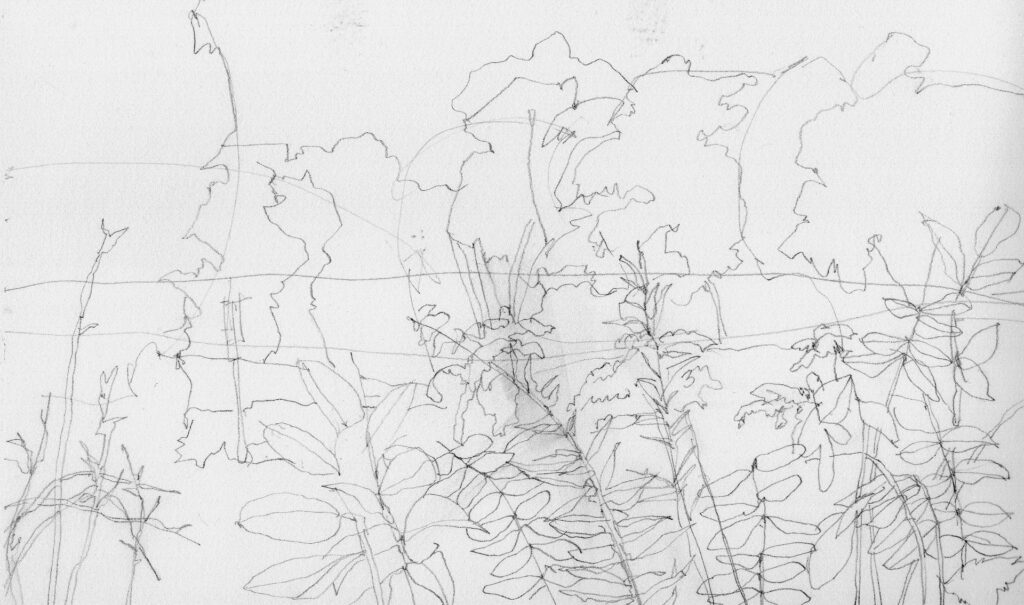
Next locate the horizon line, where the land meets the sky, and mark it by drawing a light horizontal line across your paper.
Lightly lay down the background sky above the horizon line, including details of light, clouds, and sun or moon. Pay attention to the direction of the light and apply it consistently to show light and shadows throughout your drawing.
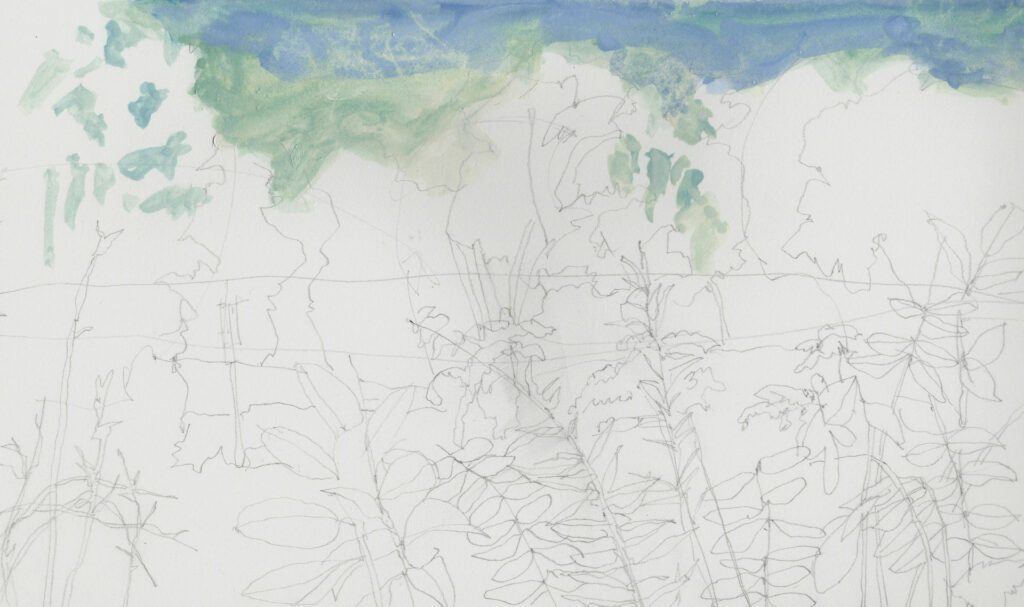
Gesture your hand over the paper and begin to lay out the rest of your composition. Your goal is to capture the feeling and visual poetry of what is before you. Capturing a landscape means effectively capturing its range, natural light, the dynamics of its shadows, and the color palette of the season with mood and texture that guides the viewer’s eyes through the composition. Think about how these elements interact and how you will use them to create an engaging composition. Work to simulate the value contrasts of foreground, mid-ground, and distant background. Pick an interesting subject for the foreground, one that can be highly detailed.
Use perspective to create the illusion of depth. Notice that distant objects are often lighter in tone. Many artists also observe that the atmosphere shifts to a cool bluer or grayer hue
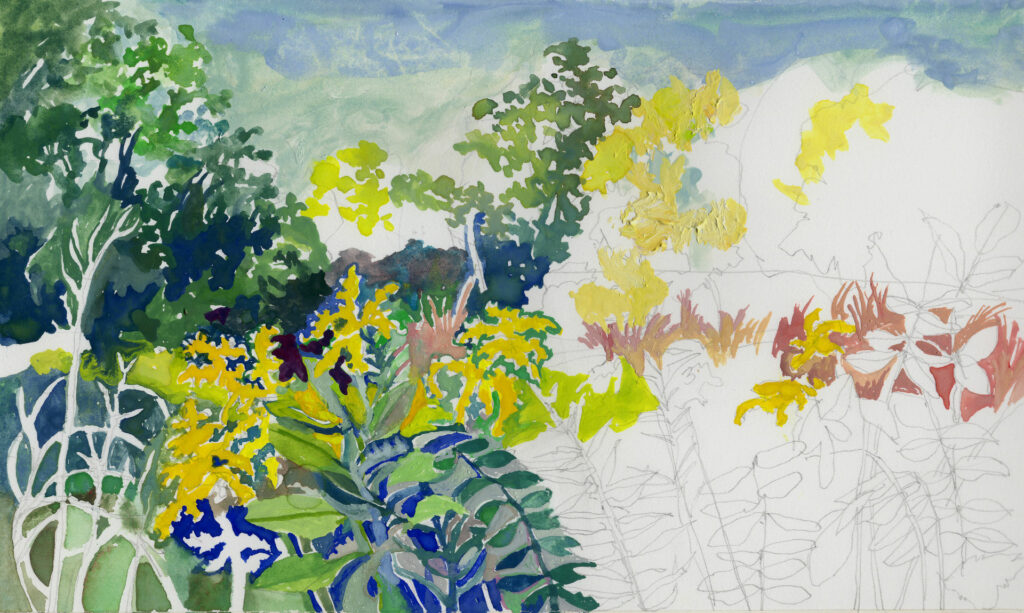
with increasing distance. This is called “atmospheric perspective.” The exceptions are during sunrise and sunset when distant objects appear more reddish, and in nocturnal images when faraway objects are darker.
On the other hand, select elements in the foreground, such as interesting rocks, trees, shrubs or flowers, to draw in high-contrast saturated colors with attention to fine details. The midground elements then should appear smaller and decrease in size as they move further from the viewer.
Use a “leading line” to guide the viewers’ attention. This could be a road, path, river, or color. Make sure the direction of the light remains consistent throughout the composition. Most importantly—follow your instincts and develop your own style.
Step back from your drawing to assess it. Adjust and make final additions to finish the artwork. Remember, your skills improve with every drawing.
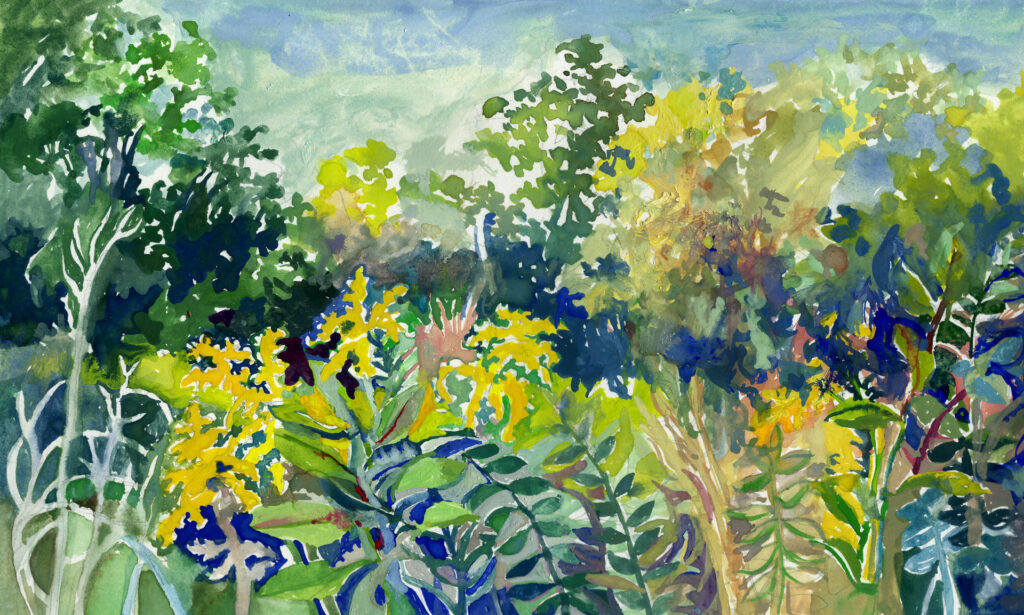
This is our last lesson in the series. Thank you for taking the time to read and practice these drawing lessons. We hope you have learned from Ruskin’s reflections and, most of all, you’ve improved your own observation and drawing skills to create some amazing images. Please continue to draw regularly during the coming months. We’d love to see your drawings!
Post your drawing at #WSCNatureDrawings

As Ireland transitions from the rich, smoky scent of peat-burning to a more sustainable future, its olfactory heritage is evolving. What will become the next iconic aromatic symbol of Ireland?
Click to watch the documentary trailer.
Plantings
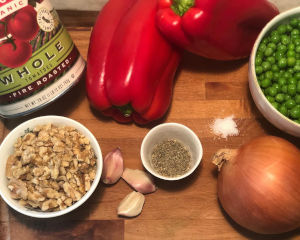
Eat More Plants Recipes:
Le Botaniste’s Fennel, Tomato, and Red Pepper Pasta Sauce


